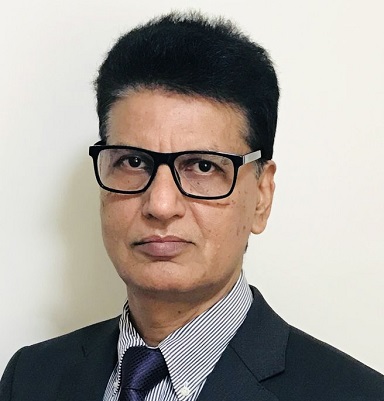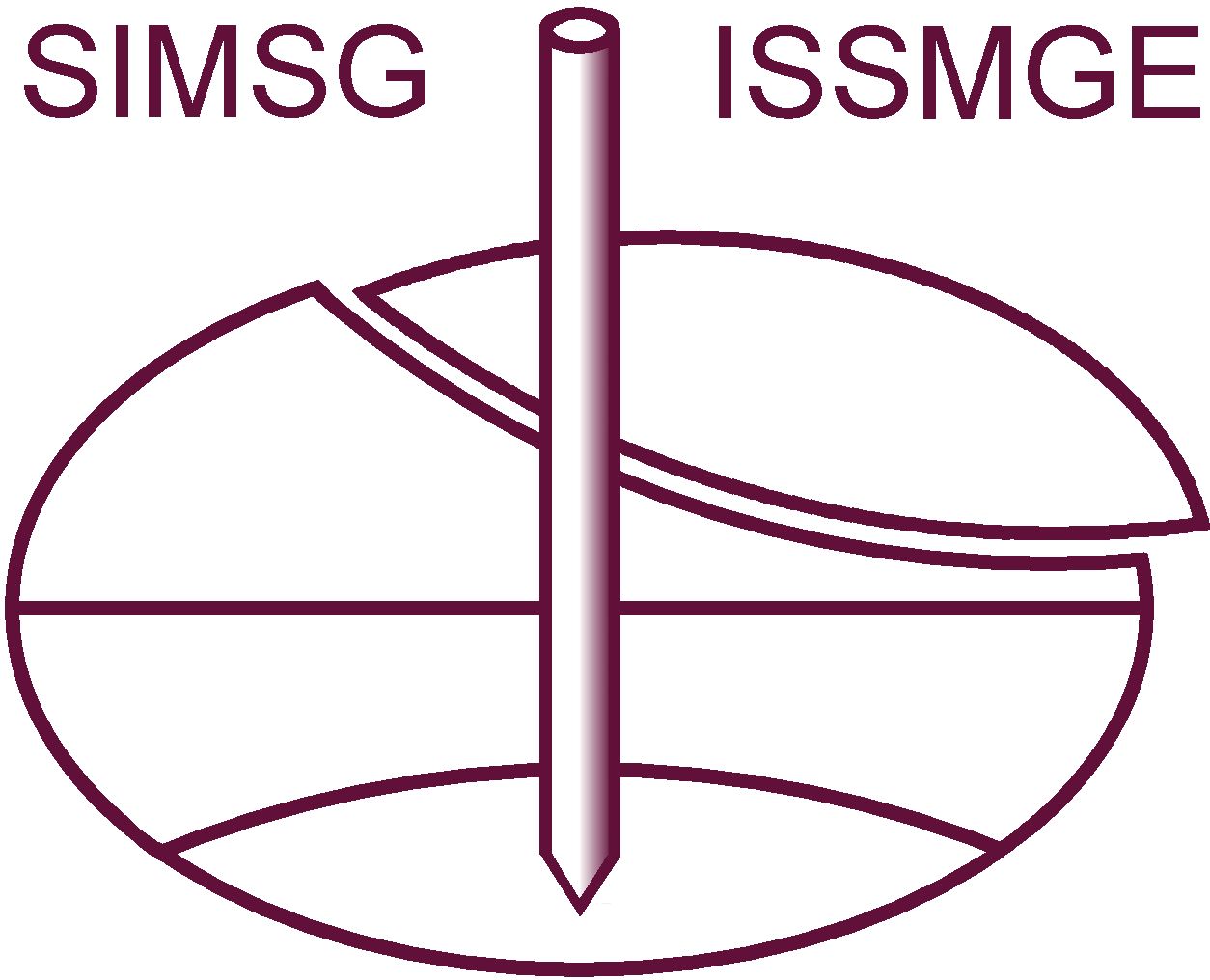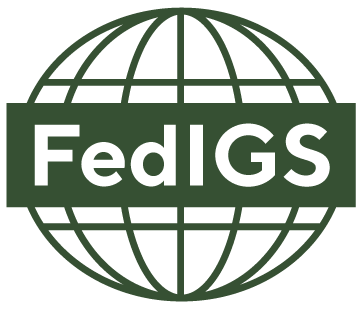Short Course Title: Introduction to Geosynthetic Engineering
Date and time: Sunday, 17th September 2023 – 9:00 am – 12:30 am / 1:30 pm – 5:00 pm
Geosynthetics are being used extensively worldwide as they offer cost-effective, environmentally friendly and energy-efficient solutions to many civil, mining, agricultural and aquacultural engineering problems in a sustainable manner. Rational design methods, based on sound concepts and standardised test techniques for determining the technical properties of geosynthetics, are now available, thus placing the geosynthetics on a firm base. This interactive course provides a comprehensive introduction to geosynthetics and their field applications, called the geosynthetic engineering.
Learning objectives
Upon completion of the course, the participants will be able to:
- differentiate between types of geosynthetics
- analyse the functions of geosynthetics for their use in field applications
- select the correct geosynthetics for a specific application
- recommend the type of test on geosynthetics required in a specific field application
- develop the general guidelines for geosynthetic installation, and
- locate the references and resources on geosynthetics and their applications.
Who should attend?
This course is ideal for those involved in the specification, analysis, design, construction, and/or study of geosynthetic-related projects. The participants may include the following from the areas of civil, mining, agricultural and aquacultural engineering:
- Senior undergraduate and postgraduate students
- Research candidates
- Practising engineers
- Specialised contractors
- Project managers
- Land developers
Course outline
Session #1 (9:30 am – 11:00 am): Basic description of geosynthetics, including their types, basic characteristics, raw materials and manufacturing processes, and functions of geosynthetics, namely reinforcement, separation, filtration, drainage, fluid barrier and protection
Session #2 (11:00 am -12:30 pm): Properties of geosynthetics, namely physical properties, mechanical properties, hydraulic properties, and endurance and degradation properties, and their evaluation
Session #3 (1:30 pm -3:00 pm): Selection of geosynthetics, basic design concepts and application areas
Session #4 (3:00 pm – 4:30 pm): General field application guidelines and case studies
Textbooks
Shukla, S.K. (2016). An Introduction to Geosynthetic Engineering. CRC Press, Taylor and Francis, London, UK.
Shukla, S.K. and Yin, J.-H. (2006). Fundamentals of Geosynthetic Engineering. Taylor and Francis, London, UK.
Reference books
Shukla, S.K. (2022). ICE Handbook of Geosynthetic Engineering. 3rd edition, ICE Publishing, London, UK.
Shukla, S.K. (2002). Geosynthetics and Their Applications. Thomas Telford Publishing, London, UK.
BIO
Dr Sanjay Kumar Shukla is a world-renowned expert in Civil (Geotechnical) Engineering. He is Founding Editor-in-Chief of International Journal of Geosynthetics and Ground Engineering, Springer Nature, Switzerland, and Founding Research Group Leader (Geotechnical and Geoenvironmental Engineering) at Edith Cowan University (ECU), Perth, Australia. He holds the Distinguished Professorship of Civil Engineering at nine universities, including Indian Institute of Technology Madras, Chennai and Delhi Technological University, Delhi, India. He has over 25 years of experience in teaching, research, consultancy, administration/management, and professional engagement. He is registered Chartered Professional Engineer in Civil and Geotechnical Engineering, Engineers Australia, Asia Pacific Economic Cooperation (APEC) Engineer in Civil Engineering, and International Professional Engineer in Civil Engineering, International Engineering Association. He collaborates with several world-class universities, research institutions, industries and individuals on academic and field projects. As a consulting geotechnical engineer, he has successfully provided solutions to the challenging field problems faced by many engineering organisations. He has authored more than 295 research papers and technical articles, including over 190 refereed journal publications. He is also an author/editor of 24 books, including 7 textbooks and 23 book chapters. During 2020-2022, his ICE textbooks, namely Core Principles of Soil Mechanics and Core Concepts of Geotechnical Engineering, have been ranked #1 by Amazon. His research and academic works have been cited well. Shukla’s generalized expressions for seismic active thrust (2015) and seismic passive resistance (2013) are taught in universities and routinely used by practising engineers worldwide for designing the retaining structures. Shukla’s wraparound reinforcement technique, developed during 2007–2008, is a well-established sustainable ground improvement technique. He is among the world’s top 2% of scientists for both career-long and single recent year 2021 impacts as Elsevier announced in October 2022. He has been honoured with several awards, including 2021 ECU Aspire Award by the Business Events Perth, Australia, and the most prestigious IGS Award 2018 by the International Geosynthetics Society (IGS), USA, in recognition of his outstanding contribution to the development and use of geosynthetics. He serves on the editorial boards of several international journals. He is a fellow of American Society of Civil Engineers and Engineers Australia, a life fellow of Institution of Engineers (India) and Indian Geotechnical Society, and a member of several other professional bodies, including the International Geosynthetics Society.






